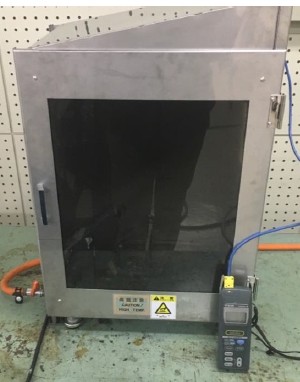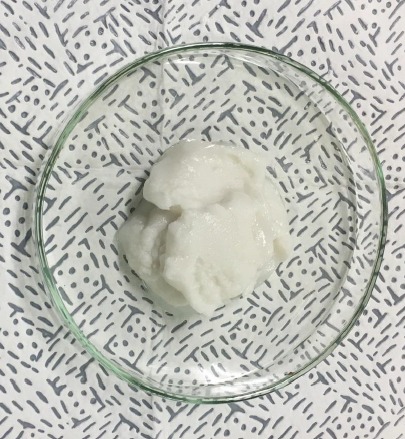
It is difficult to gather information due to the small number of materials, but it is thought that flame retardants that are effective for cellulose will also be effective in lignocellulose nanofibers.

- Verification of a coating type flame retardant using cellulose nanofiber.
Sodium polyborate, guanidine phosphate, etc.
Most of these are used for the development of non-combustible wood. In these two cases, I think that polyborate has higher flame retardant effect.
A relatively readily available borate is disodium octaborate tetrahydrate. Although it is an imported product, it is distributed as a wood preservative. In the United States and Australia, it is common to use boric acid as a termite countermeasure for newly built houses, so it has been developed for that purpose. Therefore, it is not considered as a flame retardant.
Another available polyborate is soufa. Use of 8-boric acid as a flame retardant may conflict with the patent for sodium polyborate.
http://soufa.jp/
It also claims to have an anti-termite effect, but is also distributed as a flame retardant.
It is difficult to soak in wood unless the solubility in water is high, but best boron has higher solubility and better permeability than the above borate.
It is not known how to apply it to ligno-nanocellulose, but it can probably provide flame retardancy if impregnated or mixed during the manufacturing process.




